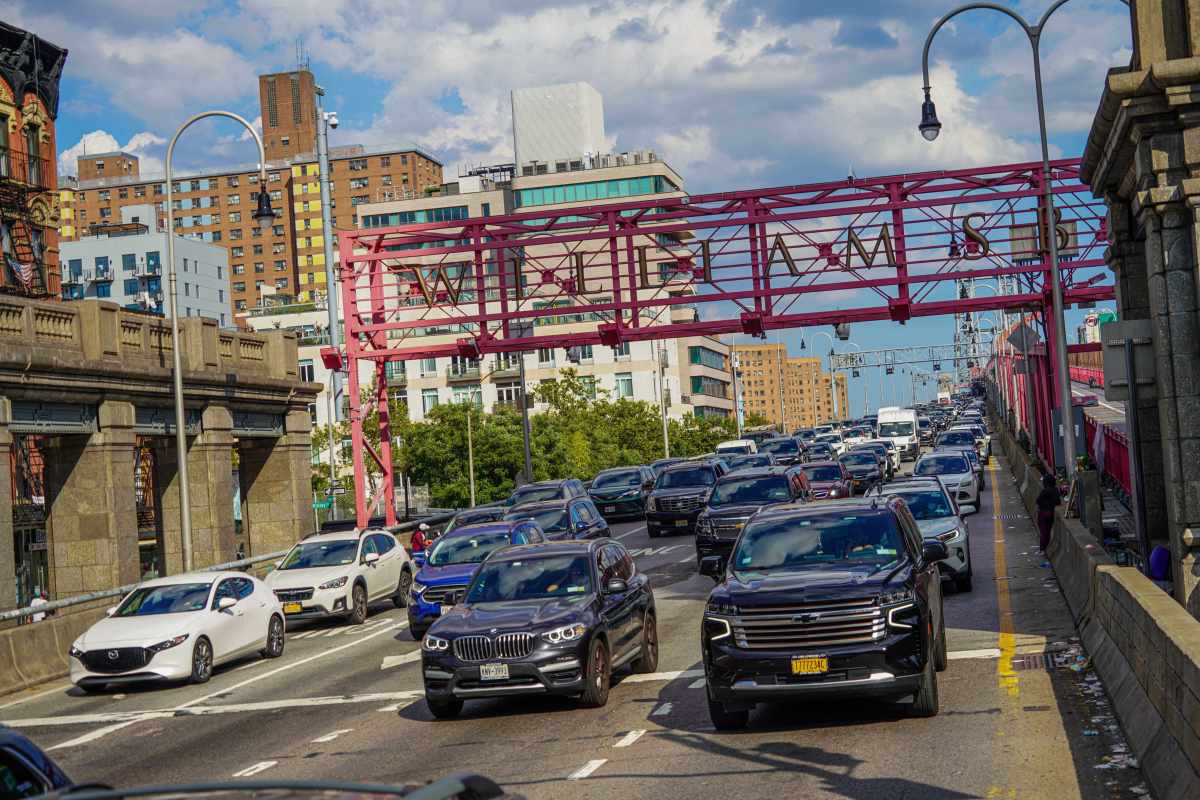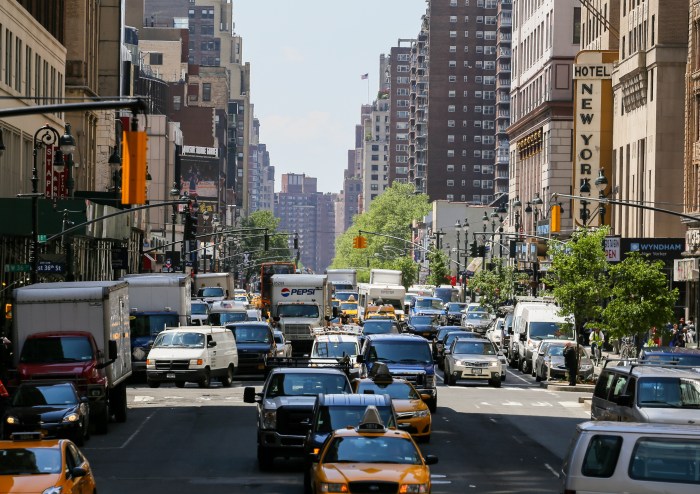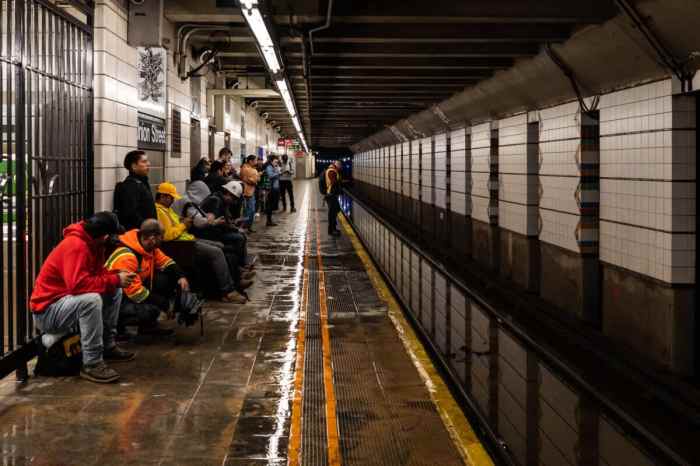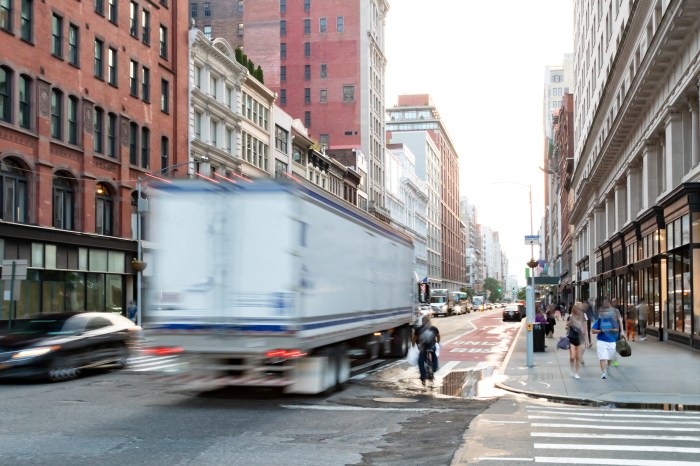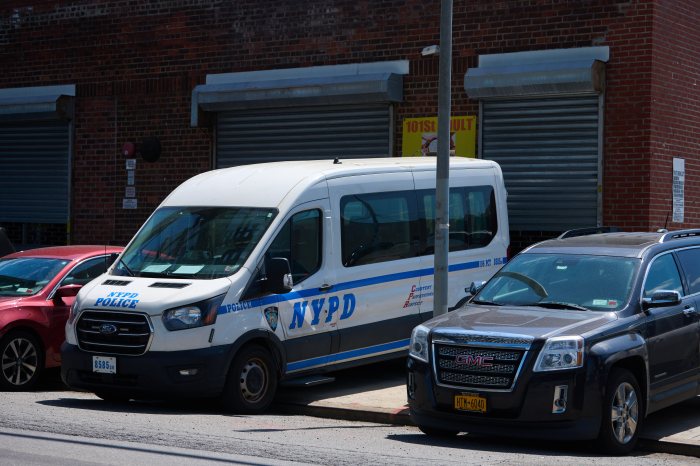The MTA Board on Wednesday voted to give final approval to its forthcoming congestion pricing program, capping off a years-long process preparing to implement a toll to drive into Manhattan’s central business district, the first of its kind in the nation.
By an 11-to-1 vote, the board approved its long-stewing Central Business District Tolling Program, which will levy a $15 toll on most motorists entering Manhattan south of 60th Street and was approved by state lawmakers in 2019. Only Nassau County representative David Mack voted against the measure.
“New York has more traffic than any place in the United States,” said MTA Chair Janno Lieber. “And now we’re doing something about it”
The board’s final proposal mostly falls in line with what was recommended in November by the Traffic Mobility Review Board (TMRB) and advanced for public input. The proposal provides crossing credits to motorists using already-tolled bridges and tunnels, gives discounts to low-income frequent drivers, and charges riders rather than drivers of taxis and for-hire vehicles through a surcharge. Trucks will pay higher fees and motorcycles lower ones, and tolls will be discounted overnight to encourage off-hours deliveries. A huge laundry list of exemptions was mostly not heeded.
But following more input from the public, the board approved a few tweaks to the original plan. School buses under contract with the Department of Education and commuter buses running on fixed schedules will be exempt. Commuter vans (aka dollar vans) licensed with the Taxi & Limousine Commission will as well.
The board also “clarified” the definition of “specialized government vehicles” that had nabbed an exemption in the original TMRB proposal, expanding the number of exempt vehicles in the city fleet but still capping it at only about 1/6 of city autos.
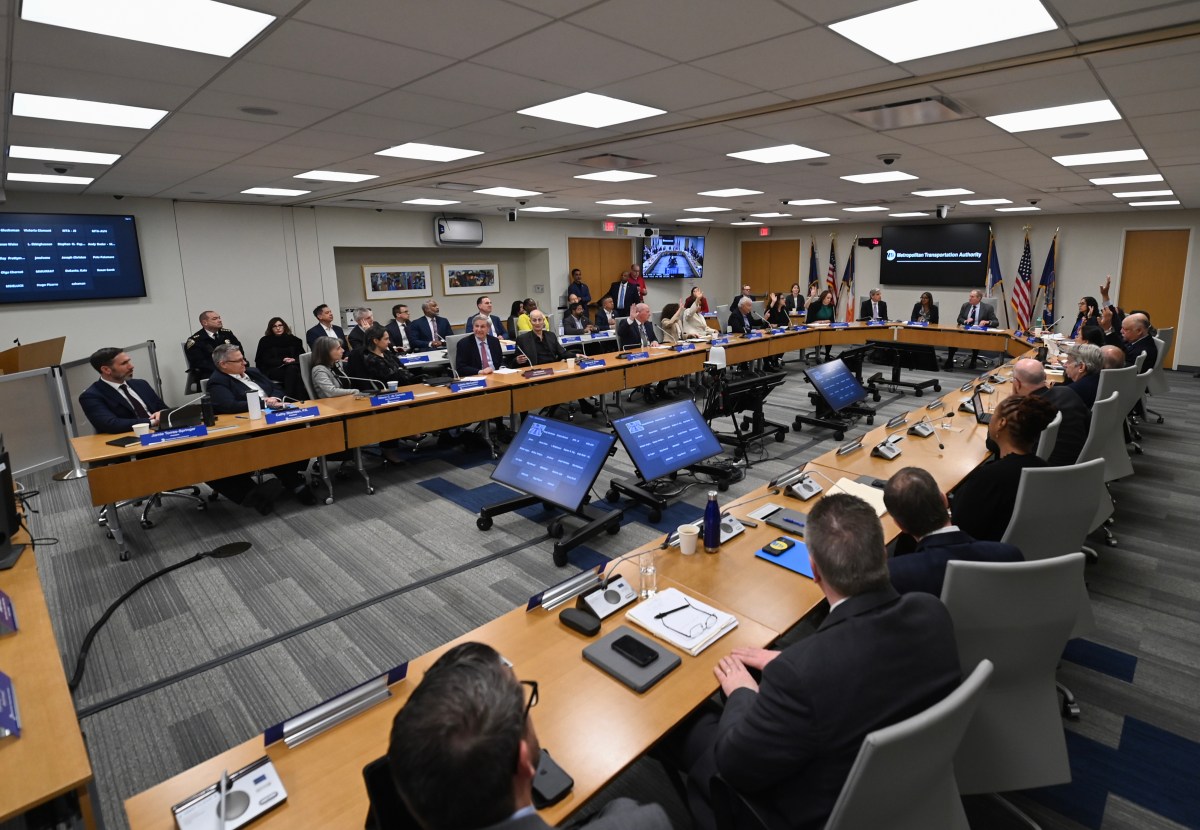
Beyond those originally envisioned like garbage trucks and street sweepers, the exemptions will also apply to cars “absolutely needed” for city work, like NYCHA vehicles carrying equipment for building maintenance, Parks Department vehicles carrying tools, or Environmental Protection vehicles carrying meter readers, said Juliette Michaelson, MTA’s deputy chief of policy and external relations.
“We are not talking about vehicles whose primary purpose is to move personnel. We’re not talking about commissioners’ vehicles, we are not talking about elected official vehicles,” said Michaelson. “Those are specifically, categorically not exempt.”
The tweaks appear to have satiated lingering concerns coming from the Adams administration, with the mayor having called for exemptions for yellow cabs and yellow school buses. Adams’ newest board member, Deputy Mayor Meera Joshi, gave the plan her enthusiastic support to the finalized plan in remarks to other board members.
“This is a true victory for our city and for our region,” said Joshi. “We’re gonna lead the nation in tackling congestion on our streets and pollution in our air. We’re gonna get our emergency vehicles moving and businesses booming. Our public transit system, the best in the country, gets much-needed funding, and our job as board members is to make sure that the proceeds and the MTA, as a whole, works towards making our system even better.”
Joshi also voted yes on behalf of her fellow new board member Dan Garodnick, a fellow Adams appointee who heads the City Planning Commission.
Taxi drivers, however, were not enthused with their exclusion from the newest round of exemptions, and shouted down the proceedings before being escorted out of the building shouting “exempt the yellow cabs.”
The proposal aims to raise $1 billion per year through tolls that would then be bonded out to generate about $15 billion in new revenue. The MTA would use that money to invest in its capital plan, including on expansion projects like the Second Avenue Subway, modernizing train signal systems, making subway stations accessible for people with disabilities, and buying electric buses, as well as keeping the aging system in a state of good repair.
“Congestion pricing is innovation in how we pay for our capital needs,” said MTA Board Member Neal Zuckerman, a representative from Dutchess County. “My hope is we’re the first in the nation but not the last.”
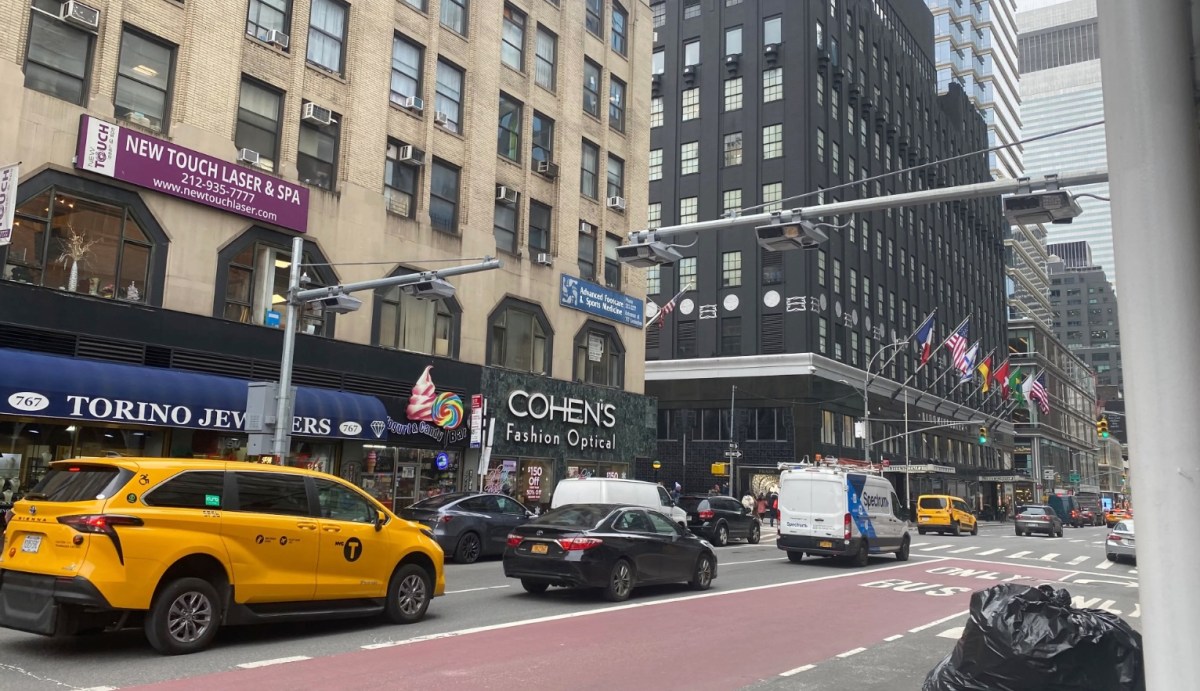
The final plan must still get one last stamp of approval from the feds, ensuring the tweaked proposal still falls in line with the MTA’s environmental assessment for the program. Tolling gantries are mostly set up at ports of entry to the “congestion relief zone” and the agency hopes to start charging motorists driving into Manhattan by June.
But the plan still faces the haunting specter of a string of lawsuits aiming to overturn it, with litigants claiming the MTA and feds illegally did not conduct a robust environmental review. The MTA has denied that claim, and Lieber said he expects all the litigation to be resolved in its favor by June.
“The court process has been scheduled to be resolved before we are gonna start congestion pricing,” Lieber told reporters on Wednesday. “We’re very confident about the outcome.”
In the meantime, though, the lawsuits have stalled many of the capital priorities that the MTA hoped to fund with congestion pricing money, like resignaling on the A/C/E Fulton Line in Brooklyn and B/D/F/M 6th Avenue Line in Manhattan, plus new electric buses and modern R211 subway trains.



